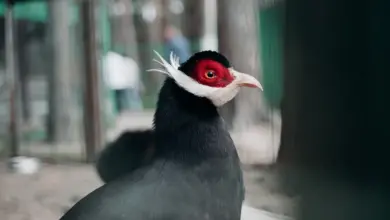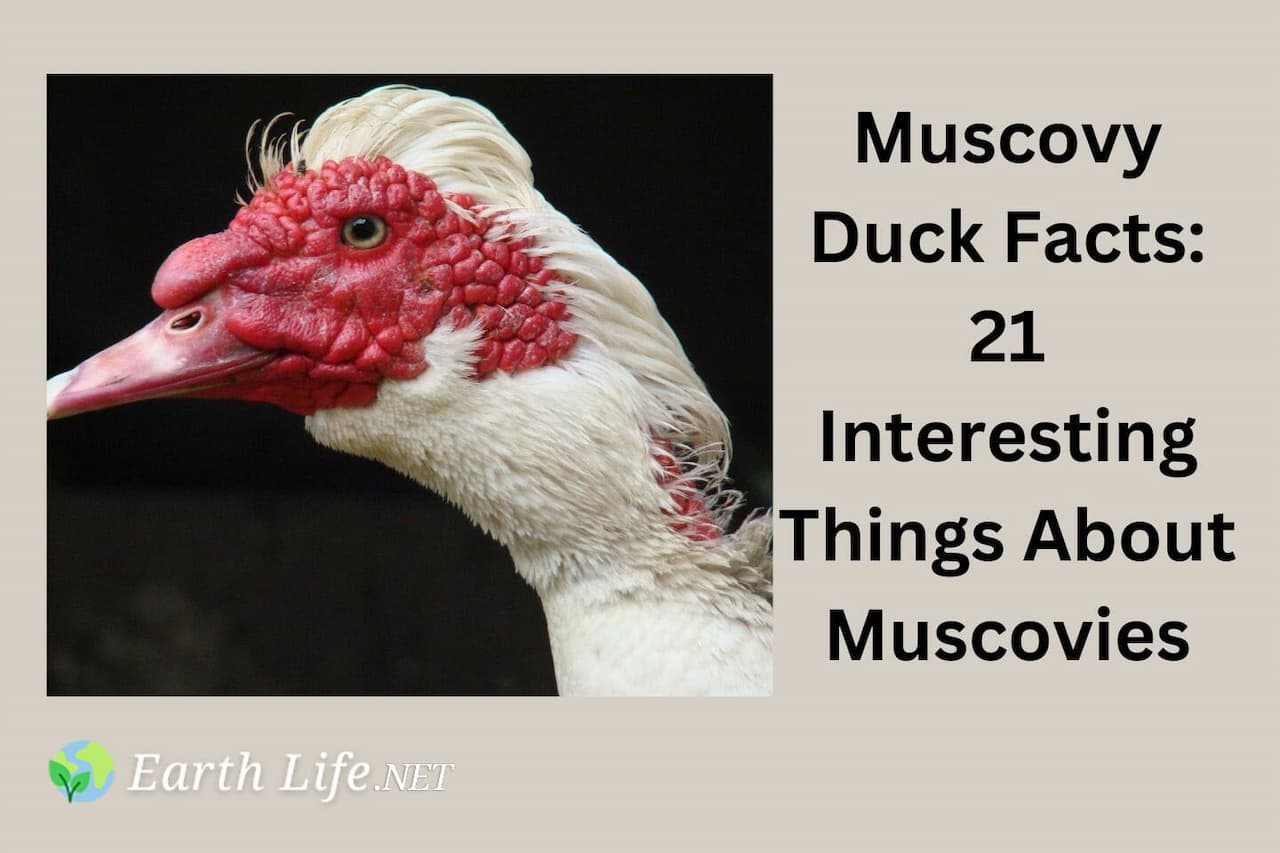Mikado Pheasants
The Mikado Pheasants, Syrmaticus mikado, is endemic to the mountainous broadleaf, coniferous and mixed forest regions of Central Taiwan, where they can be found at 6,000 ft to 10,000 ft (~2,000-3,200m) elevations.
They are mainly dwellers of thick forest, but seem to also do well in secondary bamboo growth. This species occupies dense shrubs, bamboo growth and grassy terrain with conifer overstory. They will often come out into the open either in light rain or after heavy rain, where the fog often conceals them.
These birds tend to be solitary, often quiet – yet alert. When disturbed, they will often slowly and cautiously seek out shelter within surrounding shrubs, rather than trying to flutter away in a panic. If desperate, they can fly only short distances, diving down the mountainside.
The males of this species tend to be territorial.
Status:
In captivity, these pheasants are being bred successfully worldwide. But there are only about 10,000 individuals in the wild, particularly in the Yushan National Park.
They have been on the endangered list for a number of years, and their long-term survival appears to in question at this point. Their range overlaps that of the Swinhoe’s Pheasant, and both are protected in several parks and reserves.
Description:
Male:
Males are much darker than other species of the Long-tailed Pheasant genus, the plumage being overall a shimmering purplish-black. The face wattles are bright red; the bill, legs and feet are gray.
The tail and rump have narrow white bars, as do the wing coverts. Their tail feathers are long with white horizontal lines. The edges of their feathers have royal blue spots on them that look like fish scales.
The male averages 2.6 feet (80 cm) with a wing span of 8.7 inches (22 cm). The long and stiff shiny tail feathers are about 22 inches (56 cm) long and were used by the Taiwanese aborigines as a headdress decoration.
Female:
Females are smaller build than males, averaging 1.6 feet (50 cm) in length, with a wing span of about 7.9 inches (20 cm) and a tail length of about 7.9 inches (20 cm).
Females are very similar to other Syrmaticus / Long-tailed Pheasant species and are often confused – and inadvertently crossed – with Elliot’s and Bar-tailed.
Mikado hens are darker than the other species, lack the dark throat of the Elliot’s and the white markings on the breast are more pronounced than the Bar-tailed. The tail is barred with brown, black and white.
The hen has an olive brown plumage covered with light, vertical specks. Her head and neck are dark olive and greenish-brown.
The naked skin surrounding her eyes is dark red in color. The flight feathers are dark brown with orange-brown horizontal bars, and the tail feathers are chestnut brown with clear black horizontal bars.
Hens also have brown chests and abdomens with either black spots or white, arrow-shaped patterns on them.
Diet / Food:
Mikado pheasants will often walk and forage for food; their diet consisting mainly of various fruit, leaves, vegetation, seeds and invertebrates (i.e., insects).
Call:
They make ke, ke, ke calls when fighting for their mate or territory.
Breeding in the Wild:
The breeding season of Mikado pheasants lasts from March to June. In the wild, Mikado pheasants build their nests mainly with dead branches, fallen leaves, dry grass and feathers in tree holes or depressions under rocks.
Females usually lay 3-8 creamy-colored eggs at one time and they are solely responsible for the incubation of the eggs (which take about 26-28 days to hatch) and the nurture of fledglings, once they are born. The young are usually independent by 6 months the latest.
Keeping and Breeding the Mikado Pheasant
Mikado are well established in captivity, but there have been some problems due to inbreeding over the past several years. An effort should be made to introduce unrelated birds into your breeding stock.
Mikado are wonderful aviary birds and require the same care as others in the genus. This species is, however, a little bit more challenging to breed than say the Reeves or Elliots pheasants. On the positive side, they are exceptionally hardy and quiet. Their plumage is very showy and they tame easily.
Housing:
A good-size aviary for these pheasants would be 200 sq ft (18.6 sq m.) The aviary should be well-planted / grassy and a pen (~4’x 4’x 4′) should be provided as a shelter. Being a forest species, you should make sure to provide plenty of shade in the aviary.
Mikados can be successfully bred in pairs or trios. As the cocks are particularly demanding on the hens, lots of dense cover should be provided for the hens during breeding season – near the nesting box particularly.
These pheasants usually prefer the shelter of their housing during the day, but can always be seen out on their perches in the late afternoon and spend the entire night outside – regardless of the weather.
Breeding:
Males will attain their adult plumage their first year and are, a that time, generally fertile. First-year hens will start laying, but infertility in their eggs is increased.
Males perform an interesting display that is indicative of this genus: Puffing up his feathers, flaring his brilliant wattles, with tail lowed and fully spread he will begin to whirr his wings.
Next, he proceeds toward the nearest hen in his slow stately gait, as he gets closer to the hen, he drops his wing to the ground and his tail is spread tilted up and sideways.
He will pace back and forth in front of the hen a few times. Then without any further notice he will initiate breeding. Usually the hen takes off running or flying for the nearest cover with him in hot pursuit making a whinning ehh, ehh, ehh noise.
Mikado Pheasants can be successfully bred in pairs or trios. I usually breed them in trios, as the cocks are particularly demanding on the hens and lots of cover should be provided for the hens during breeding season.
Egg-laying / Incubation:
Females usually start laying eggs the first year. If the weather is warm, they may start laying at the end of March. Under colder climate conditions, they may start in April or even as late as June.
Hens usually lay a dozen creamy-white eggs a season or less – although some have produced up to 30 eggs in one season. Each clutch averages 5 to 10 eggs. Their eggs are almost twice the size of other pheasants in the same genus. The eggs are incubated for 27 to 28 days.
Fertility is usually good on cocks after the first year, but hens can get very sloppy with their laying after the first few eggs are taken for incubation. It is a good idea to provide the hens with several good laying spots.
The Octagon series of incubators work great for incubating the chicks ensuring maximum hatch rate.
Recommended temperature: 99.8; humidity: 82 (humidity is adjusted periodically depending on the development of the air space as determined by candling); incubation is 27 to 28 days.
Chick Rearing:
The adorable chicks are neither aggressive nor timid and can be raised with a variety of other pheasant chicks. Both sexes of their kind can be kept together with a minimum of problems until well into the winter.
The chicks can be sexed long before they are ready to sell as the males will start showing their black and white tail barring and black on the wing feathers.
The little chicks are capable escape artists and clipping the wing feathers on one or both wings usually corrects the problem
Diet:
Grassy pens are particularly important for Mikados as they are real vegetation eaters. They also enjoy their diet to be supplemented with fresh fruits, lettuce and vegetables, especially berries or tomato pieces.
Other Releated Web Links: Pheasant General Information … Pheasant Species … Pheasant Taxonomy … Breeding Pheasants … Pheasant Photo Gallery … Housing Pheasants … Pheasant Diseases





